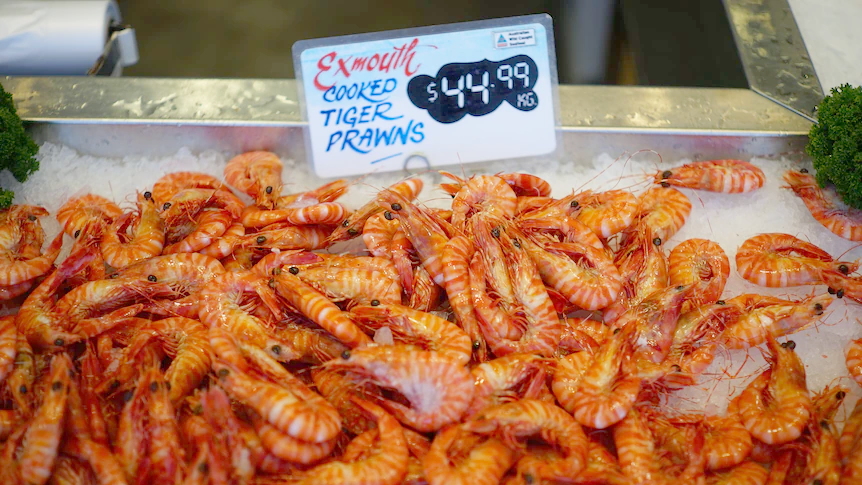Australian prawn producers have been conducting secret audits across the supply chain to identify any substitution fraud.
However, hundreds of tests over two years have failed to reveal any systemic problems.
The latest covert investigation at Easter this year confirmed 96 per cent of prawns labelled as Australian were verified as true to origin.
The Australian Council of Prawn Fisheries and the Australian Prawn Farmers’ Association are jointly funding the testing, which uses world’s best technology developed to help law enforcement agencies detect gold fraud.
Perth-based company Source Certain and Curtin University improved the technology first developed by chemist John Watling in 1972.
Dr Watling said it was also being used to guarantee ethically produced diamonds and sustainable forestry claims.
The technology relied on matching products to their place of origin using trace elements naturally occurring in the environment.
“The concept is that every single thing, either living or manufactured, has a trace element signature,” Dr Watling said.
“Ninety-two elements in the periodic table – we use about 56 of them – [have] a trace element signature that is indicative of where it has grown, where it has been brought up, where it has lived or where it was manufactured.”
A guarantee to consumers
Seafood is arguably the world’s most traded commodity, and according to some studies, globally as much as a third is misrepresented, costing Australian exporters an estimated $190 million.
The combined prawn industries say the testing has confirmed the integrity of the Australian supply chain, but secret testing will continue.
“Let’s just say that everyone’s on notice,” said Stefan Diacos from the Australian Council of Prawn Fisheries.
“If you’re going to call it an Aussie prawn, we’re checking.
“We need to be able to give and carry on with the consumer confidence, the fisher confidence.”
He said Australians would continue to rely on imports, which total about 60 per cent of consumption, worth $450 million a year.
The ongoing tests were a guarantee to consumers, but also for thousands of jobs in Australia.
“We can’t produce everything in that space,” Mr Diacos said.
“What the Australian prawns do, however, is keep people in factories, … employ thousands of people around the country on boats, whether it’s processing, whether it’s catching.
“If you get out and support the Australian prawn industry, you’re supporting many thousands of families as well.”
Australia’s farmed prawn sector only produces about 7,000 tonnes a year, but hopes to reduce the reliance on imports, with a targeted expansion to 25,000 tonnes by 2025.
The Australian Prawn Farmers’ Association spokesman, Richard Smullen, said imports would continue to be important, but consumers would benefit by knowing that Australian-farmed product came with certain guarantees.
“In Australia, we have very tight regulations for the environment, for water use, for land use, and we have very strict controls on traceability, and the consumer recognises that,” Dr Smullen said.
“And so it’s important that when people are buying an Australian prawn, they understand it has that background to them.”
Verifying sustainability
The trace element testing is not just verifying Australian-grown or farmed product.
It’s also identifying product from individual fisheries, such as the top end’s Northern Prawn Fishery, Western Australia’s Exmouth Gulf, and the Spencer Gulf in South Australia.
All three fisheries invest heavily in third-party sustainability certification from the Marine Stewardship Council.
Austral Fisheries operates a fleet of 10 trawlers in the Northern Prawn Fishery.
CEO David Carter said the company was keen to protect its investment.
“These schemes that are really designed to use market forces to drive better environmental outcomes, they need these supply chains that are reliable,” Mr Carter said.
Austral was considering adopting the trace element testing for its highly lucrative Patagonian toothfish exports to China, where it was already using blockchain technology to trace its product from capture to consumption.
“The trace element fingerprinting is the big hammer, if you like, that allows us to come in and deliver a legal standard defence to protect our brands and that provenance,” Mr Carter said.

